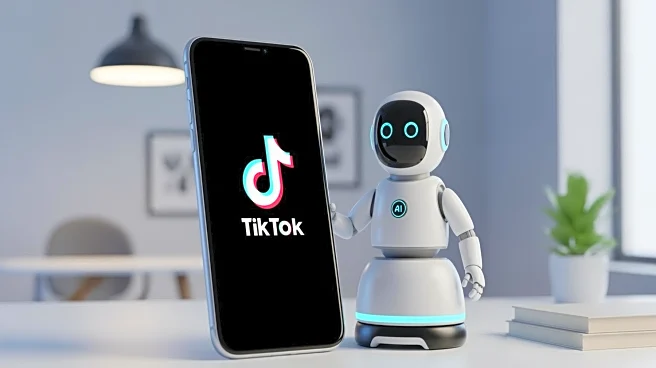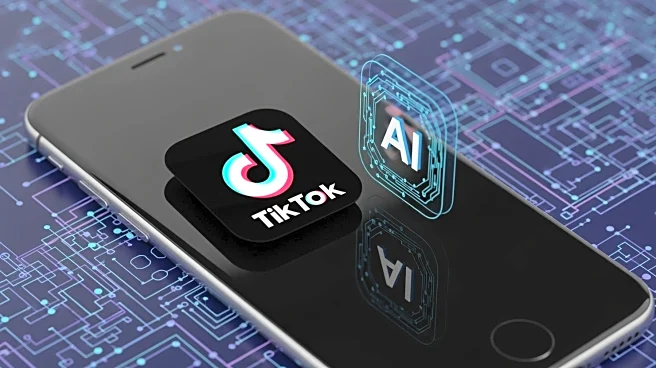What's Happening?
Corporate Synergies, an employee benefits resource company, highlights the critical gap in health insurance literacy among employees, which affects the utilization of employer-sponsored health plans. Despite
significant investments by employers in health benefits, many employees struggle to understand the full scope of their coverage. This lack of understanding leads to underutilization of preventive care, overuse of emergency services, and mismanagement of chronic conditions, resulting in inflated claims costs and reduced return on investment for employers. The company emphasizes the need for a holistic approach to benefits education, moving beyond isolated plan analysis to include voluntary offerings like hospital indemnity and legal services. The literacy gap is identified as a hidden cost, with employees often making costly healthcare choices due to unfamiliarity with their benefits.
Why It's Important?
Improving health insurance literacy is crucial for both employers and employees. For employers, it means better management of claims costs and more effective use of their investment in employee benefits. Employees who understand their benefits are likely to make informed healthcare decisions, leading to better health outcomes and reduced stress. This understanding can also enhance employee engagement and productivity, as they feel more confident navigating their health plans. The literacy gap affects various demographic groups differently, with generational and cultural differences influencing engagement levels. Addressing these differences through culturally competent education can ensure all employees benefit from their health plans, ultimately impacting the overall success of the benefits strategy.
What's Next?
Corporate Synergies suggests a shift from treating benefits education as a one-time event during open enrollment to a year-round priority. Employers are encouraged to create multiple touchpoints throughout the year, such as summer lunch-and-learns and midyear sessions, to provide ongoing education. This approach allows employees to absorb information without the pressure of a looming deadline. Additionally, combining digital tools with personal guidance can enhance engagement, catering to different learning styles. Employers are advised to measure the success of their literacy efforts through utilization data, looking for indicators like higher preventive care rates and stronger voluntary benefit adoption.
Beyond the Headlines
The broader implications of improving health insurance literacy extend to fostering a more inclusive workplace culture. By tailoring education efforts to meet the diverse needs of employees, companies can promote equity in access to healthcare benefits. This approach not only supports individual health but also contributes to a healthier workforce overall. Furthermore, as employees become more adept at managing their health plans, they can potentially influence future premium renewals positively, benefiting both the company and its workforce.











